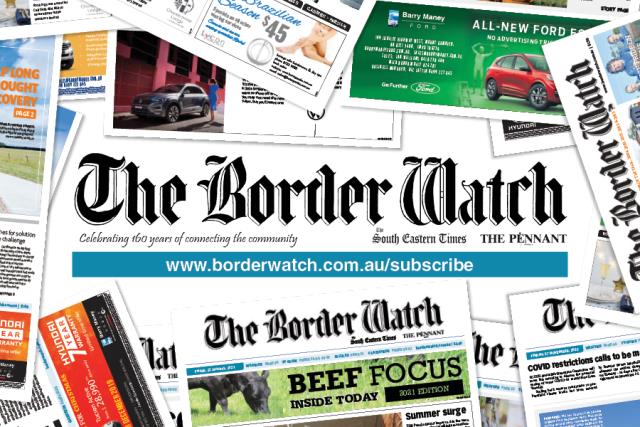MOTORISTS may feel some relief at the bowser following the handing down of the Federal Government’s budget.
With fuel prices jumping to well over $2, a 22 cent per litre cut in the fuel excise will be some welcome relief, but is it sustainable?
No doubt it’s an election budget as the cut in the fuel excise is only a temporary measure.
The purpose of the fuel excise is to help fund the Nation’s road network.
With the war in the Ukraine pushing the price of fuel up, the Federal Government knew it had to do something to address the cost of living pressures on families and therefore avoid a voter backlash.
Those of us living in rural and regional Australia feel the pinch of rising fuel prices much harder than our city cousins.
We don’t have the advantage of catching a taxpayer subsidised bus, tram or train to work, school or to the shops like they do in the city.
Maybe it’s time for the Federal Government to reconsider the fuel excise and how it is administered.
Should people who do not have access to public transport pay the same fuel excise as those who live in the city?
Most of us have no choice but to drive our cars to work.
Decreasing the fuel excise in the regions and increasing it in the city would result in a number of benefits.
Firstly, it’s fairer.
City people already have access to taxpayer funded public transport – we don’t or only have very limited access.
Secondly, it will reduce traffic congestion in the cities as public transport would become more economically sensible.
Finally, it will reduce the carbon footprint of these congested cities.
The only negative is that any government that suggested this would receiving a flogging at an election as most votes are in the city.








